Your optic nerves are located at the back of each of your eyes. Optic nerves connect your eye to your brain, transmitting images that enter your eye into messages your brain understands.
Your optic nerve is critical for healthy vision. But glaucoma is a very common eye condition that damages optic nerves and impairs vision. If you have glaucoma, pressure builds up in your eye and leads to nerve damage.
Vision loss from glaucoma often begins around the edges of your visual field, and can progress to complete blindness if left untreated. At Pacific Eye, serving San Luis Obispo and Santa Barbara counties, our expert team specializes in glaucoma care.
With comprehensive treatment, we help you manage glaucoma to preserve your vision and prevent damage from progressing.
All types of glaucoma damage your optic nerve and pose the threat of permanent vision loss. But there are many different kinds of glaucoma, and they vary depending on what causes pressure to increase inside your eye.
Open-angle glaucoma
Open-angle glaucoma is the most common type, making up an estimated 90% of cases. It develops over time as drainage channels in your eye slowly get clogged and eye pressure builds.
Your eyes naturally have fluid in them, but fluid needs to drain out to maintain a healthy eye pressure. When this pressure, called intraocular pressure, is too high, it damages your optic nerve.
If you have open-angle glaucoma, the network of drainage channels isn’t working properly. The drainage angle between your iris and cornea is open, but drainage channels are blocked and pressure begins to build.
Open-angle glaucoma isn’t painful, and vision changes can develop so slowly that you don’t notice them. Once you begin noticing vision loss, it can’t be restored. The only way to diagnose and treat open-angle glaucoma is getting regular comprehensive eye exams before you suffer irreversible vision loss.
Angle-closure glaucoma
While open-angle glaucoma develops slowly, angle-closure glaucoma is acute and develops very quickly. It can be painful, producing sudden and noticeable symptoms that require immediate medical attention.
Angle-closure glaucoma develops if the drainage angle between your iris and cornea is too narrow. As the angle closes, drainage channels get blocked quickly, and you experience a sudden increase in intraocular pressure.
Angle-closure glaucoma isn’t nearly as common as open-angle glaucoma, but just like other types, it can cause permanent and irreversible vision loss. If you notice sudden changes in vision, severe head pain, nausea, or vomiting, seek prompt medical treatment.
Normal-tension glaucoma
Unlike open-angle glaucoma and angle-closure glaucoma, normal-tension glaucoma causes optic nerve damage without unusually high eye pressure.
It’s not clear what causes normal-tension glaucoma, but some risk factors include a family history of glaucoma, cardiovascular disease, and low blood pressure.
Normal-tension glaucoma can be treated by managing eye pressure. To prevent progression of vision loss, your eye pressure needs to be kept even lower than usual.
Secondary glaucomas
Open-angle glaucoma, angle-closure glaucoma, and several other types are called primary glaucomas. They aren’t caused by any other health issues. If your glaucoma is linked to an identifiable cause, it’s called secondary glaucoma.
It’s possible to develop glaucoma as a complication of other eye or health conditions. Some causes of secondary glaucoma include:
The best way to prevent and treat glaucoma is to maintain a strong relationship with your eye doctor. Is it time to schedule your next eye appointment? Call the Pacific Eye location nearest you or request an appointment online.







